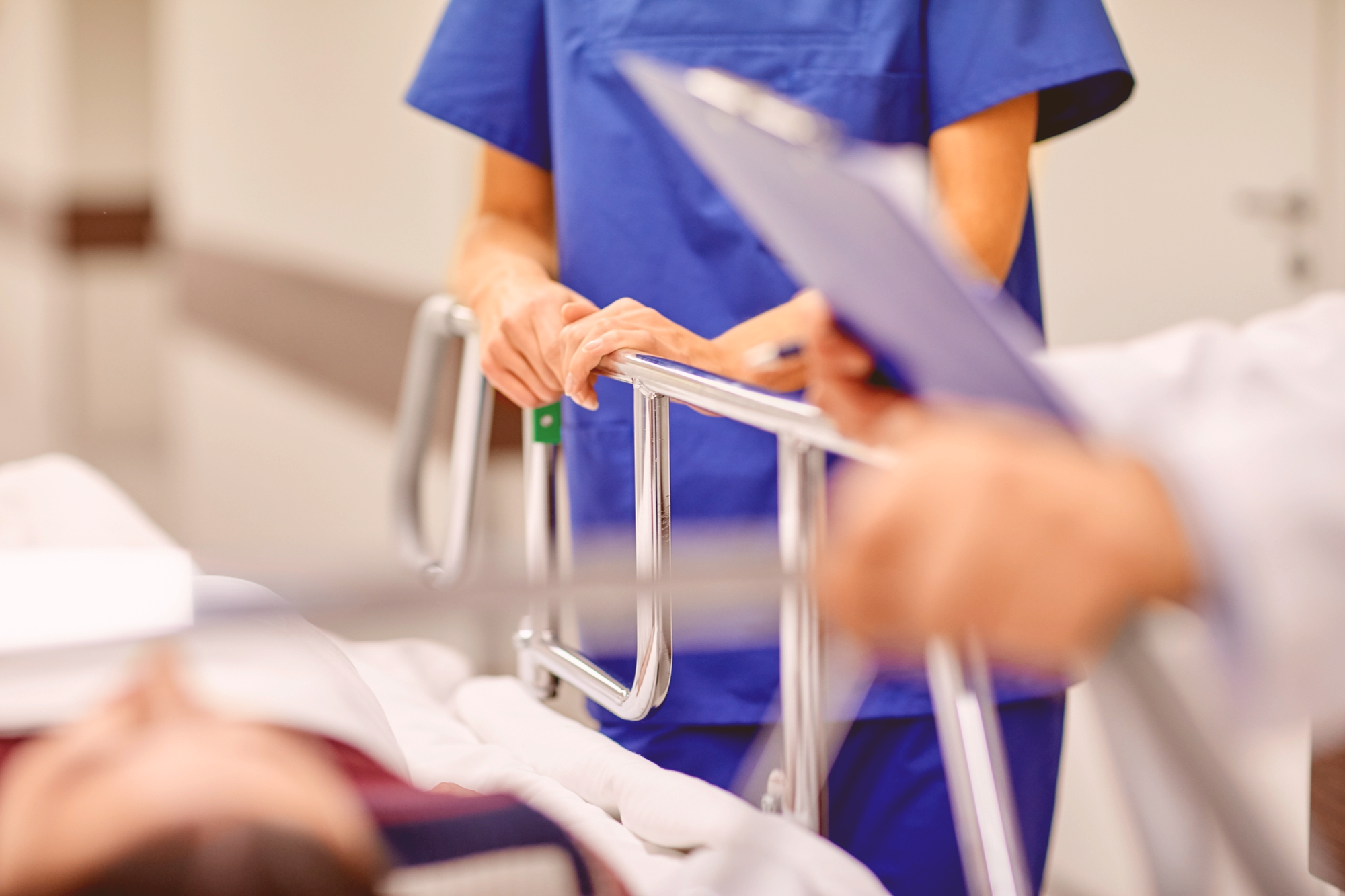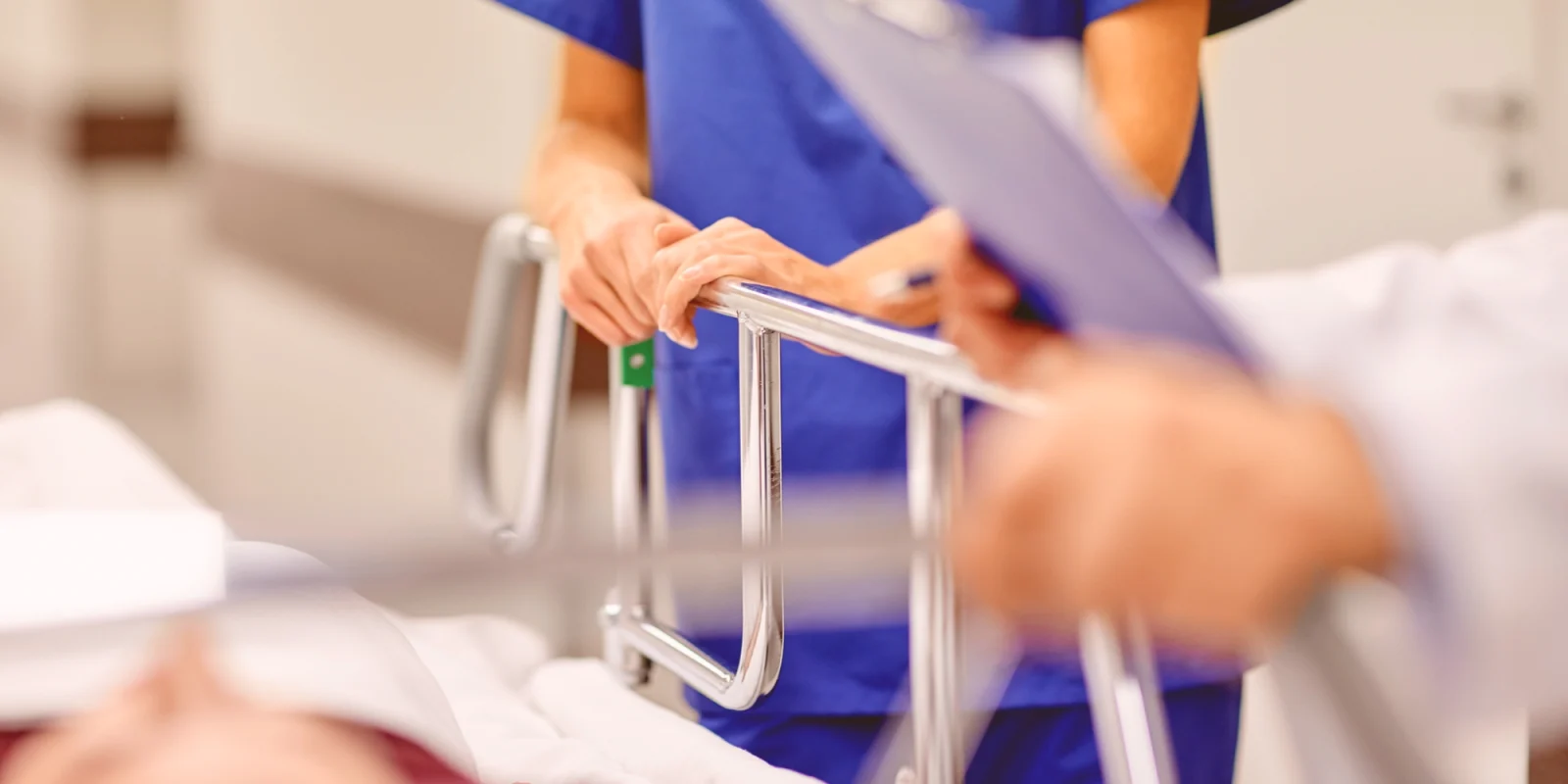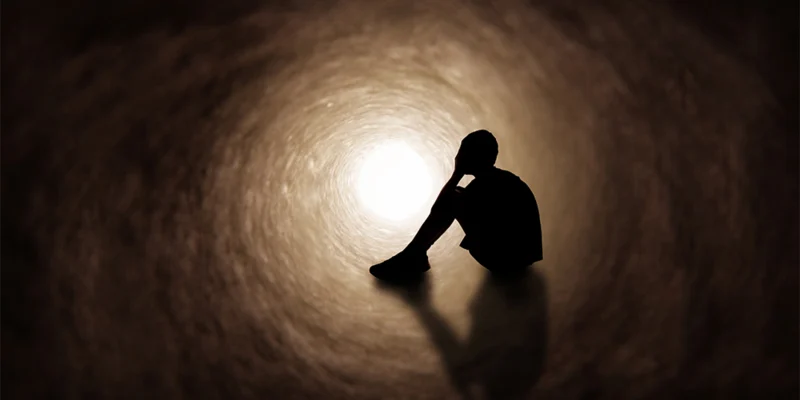
My charge nurse stepped out of a room and waved to get my attention. “We need a doctor in here, please,” she said in a level voice, which we all know is a bad sign.
As I entered the room, three nurses were laboriously lifting a youngish-looking woman out of a wheelchair. Her head lolled as they heaved her onto the gurney; then she seemed to go rigid and tremble for a moment. The charge nurse said what I was thinking, “Maybe she's having seizures? Her friend just dropped her at the front door and left.”
I leaned over the patient as she went limp and groaned. I noted a small abrasion over her temple. “Honey? Squeeze my hand. Squeeze my hand!”
Nothing.
The nurses stripped her and placed her in a gown – skin looked normal. I peeled back her eyelids and got a sluggish pupillary response. I looked up as the nurses got her on our monitors. The blood pressure and pulse ox weren't reading, or were they? The pulse ox signal had a poor waveform, but it read 56.
“Give 2mg Ativan IM, please, and let's go ahead and put a nonrebreather on her just in case. Do we know anything about her? Did the friend say anything about whether she's been sick?” I continued my exam as I spoke.
No other head trauma. Neck felt supple. A quick listen over the chest confirmed clear lungs. My charge nurse looked up from where she and the other nurses were trying to get IV access and shook her head, “Not really. I think the friend said she passed out today.”
“Okay, get her to CT once we have a blood pressure. Is the cuff not working? Can we get a manual pressure? I want to scan her head.” I pressed on her abdomen just for completeness' sake – wait a minute.
Her abdomen is rigid.
I pressed again and the patient groaned in obvious pain. “Scratch that, I want to scan everything.”
One of the nurses whooped in triumph. ”Got an IV! She's got a carotid pulse but no radial, by the way. I think she's probably pretty hypotensive.”
Being given 500ml of fluids, her blood pressure had risen from undetectable to 54/32. We dumped another half liter in, then the nurses ran her down the hall to our CT scanner. I grabbed her ID to look her up in the computer, my mind whirling with a vast differential. Her chart was not very helpful. No history of seizures; no history of anything, really, other than methamphetamine abuse.
Registration let us know that the patient’s friend had returned – a fresh chance for some history. The friend was groggy in the way that only a heroin addict can be – fresh track marks on display, her speech slow and unconcerned. “Yeah, I heard she fell off a roof a couple of days ago, but I wasn't there. The second floor, I think, that's where she lives. She hasn't been right since. She passed out a lot more today so I tried to take her to go get a drink and she passed out at the store. So I brought her here.”
She fell off a roof two days ago and she's been passing out ever since.
My brain switched directions at full speed, like a train picked up and put down on a different set of tracks. This wasn't a patient with infection, an overdose, or a seizure disorder; this was a trauma patient with a dangerously delayed presentation. She needed not just fluids but blood. And surgery, if her abdomen was anything to go by.
As I got back to my desk, my phone rang. It was my radiologist. I answered, braced – I thought – for bad news.
"Hey, is this patient dead?" he asked.
"What? No. Close, but no. Why, what'd you find?"
He rattled off a list of injuries that left me speechless. Flail chest. Extensive pneumomediastinum. Ruptured spleen. Ruptured liver. A great pool of blood in the pelvis.
After that, it was fairly straightforward. I sedated and intubated her, gave her two units of blood, and sent her to the nearest trauma center. The last I heard she's improving and expected to recover.
Now what would you say was the pivotal point in this case?
Some might say it was when I heard the full story from the patient's friend, since that's when I put all the pieces together. Some might say it was when I talked to the radiologist and learned the extent of my patient’s injuries.
But I say it was actually very early on, when the nurse checked a radial pulse and when I palpated the patient's abdomen. Those two pieces of physical information totally changed our early course of action. Learning the patient had no radial pulse made it clear that we weren’t having a cuff malfunction. We started fluids immediately and I think this step was the initial life-saving decision.
Now consider if I had not pushed on my patient's abdomen. There were no external signs of trauma that would have led me to get a scan of her thorax. The history from the friend didn't come until later. And the scan of her head was unremarkable. So I would have been left with an unstable patient who had a vague syncopal event and normal head imaging – nothing related to the abdomen at all.
My personal takeaway from this case is to never neglect the physical exam. In this age of modern medicine, it's easy to rely on labs and scans. Some people don't even bring their stethoscopes in the exam room anymore. “The physical exam is dead,” they say, “Long live technology and a good history.” And sometimes you can practice good medicine that way.
But sometimes you can't. Sometimes a physical finding or two can totally change a patient's outcome.
“Long live the physical exam,” I say. And hopefully it helps my patients live too.
Identifying details have been changed to protect the patient’s privacy.
Dr. Smothermon works full time in emergency medicine in the Midwest. She blogs at A Doctor, Practicing. The original version of this article can be found here. She has no conflicts of interest to disclose.
Image by Syda Productions / Shutterstock







